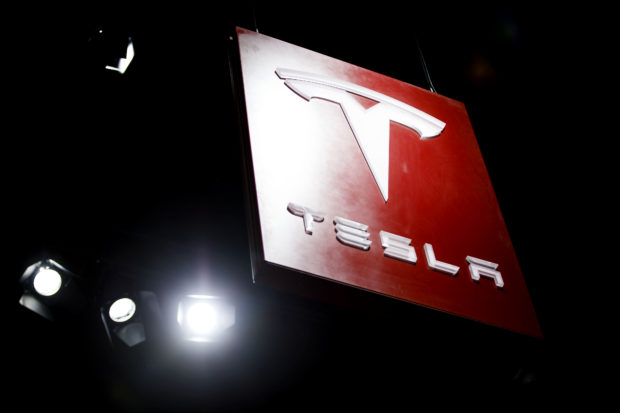Tesla Inc. was accused in a lawsuit of misleading consumers into believing that the Autopilot system on its cars can safely transport passengers at highway speeds.
A Model S driver who was injured in a crash claims in a lawsuit in Florida that the system poses “an inordinately high risk of high-speed collisions.”
Key Insights
The lawsuit puts Tesla’s driver-assistance system back in the headlines for legal reasons, rather than for a development that Elon Musk would prefer the attention be paid to: a major Autopilot software update The company announced last week what it called “our most advanced Autopilot feature ever,” dubbed Navigate on Autopilot, that guides Tesla cars from highway on-ramps to off-ramps Scrutiny of Tesla Autopilot was at a fever pitch earlier this year when multiple crashes involving the system drew probes by U.S. safety agencies, including a Model X SUV driver who died in March after colliding with a highway barrier
More on the Lawsuit
Tesla said in an emailed statement that it has no reason to believe Autopilot malfunctioned or operated other than as designed, and that it provides clear instructions regarding the capabilities of the system The negligence and breach-of-duty suit, filed in state court in Orange County, Florida, seeks unspecified monetary damages on behalf of Shawn Hudson Autopilot “is unable to reliably detect stationary objects such as disabled vehicles or other foreseeable roadway hazards, posing an inordinately high risk of high-speed collisions, severe injury, and death, both to Tesla’s passengers and to the driving public,” Hudson said in the complaint





















 Slideshow: Carrier Management’s 2025 Top Editor’s Picks (Unlocked)
Slideshow: Carrier Management’s 2025 Top Editor’s Picks (Unlocked)  Insurance Costs, Climate Concerns Factor Heavily in U.S. Home Buying Decisions
Insurance Costs, Climate Concerns Factor Heavily in U.S. Home Buying Decisions  Federal Aviation Notice Warned of Slackline Before Deadly Arizona Helicopter Crash
Federal Aviation Notice Warned of Slackline Before Deadly Arizona Helicopter Crash  NOAA Announces Latest AI-Driven Global Weather Models
NOAA Announces Latest AI-Driven Global Weather Models 


